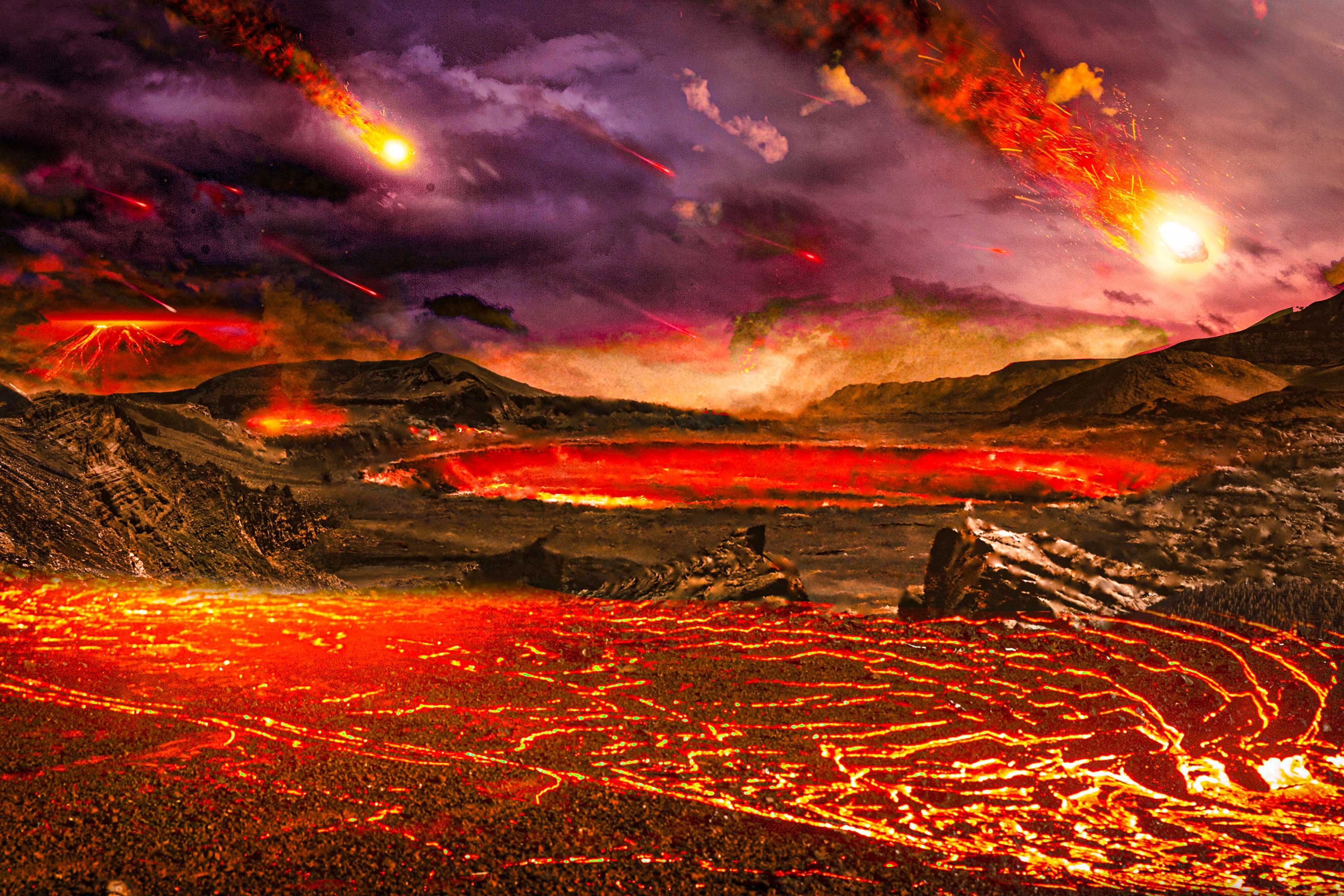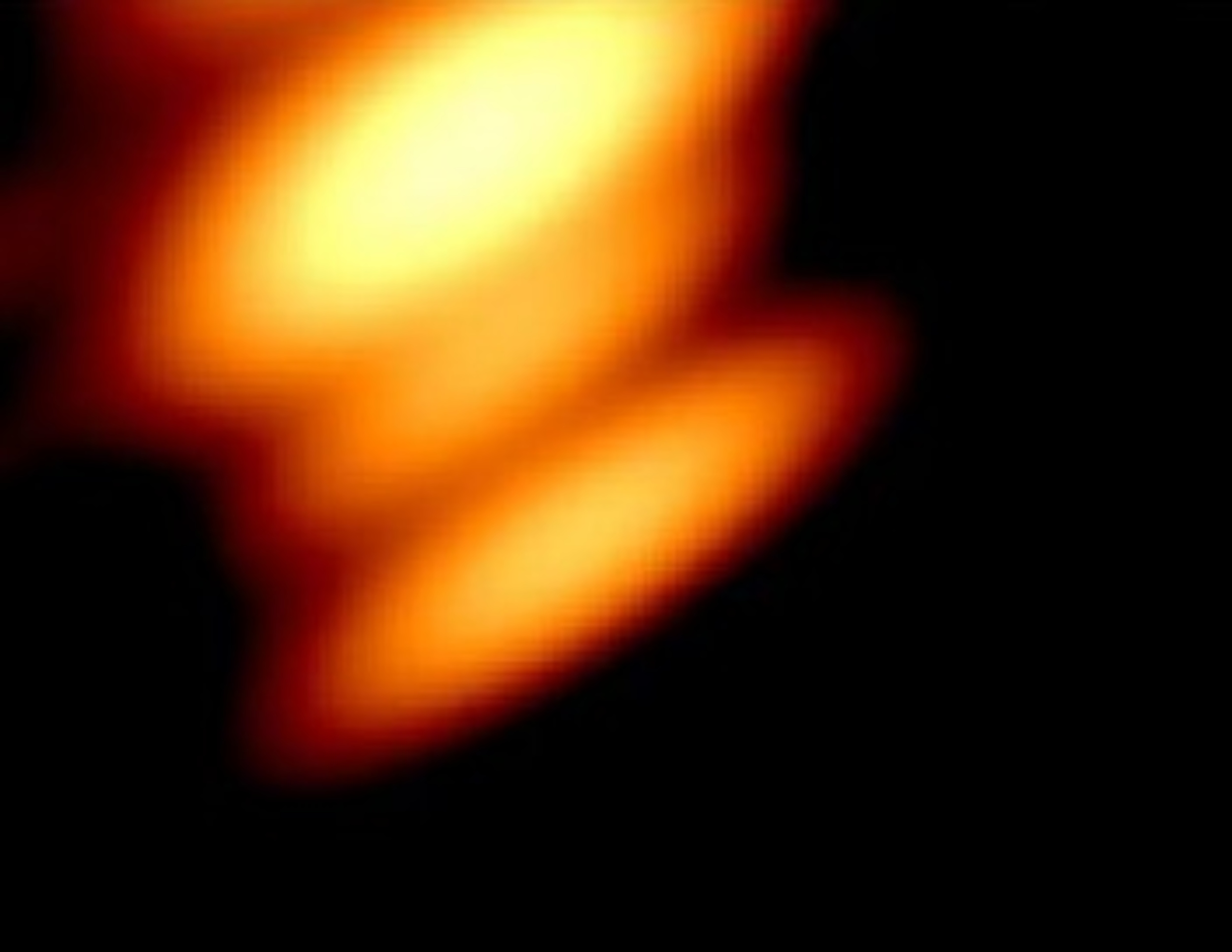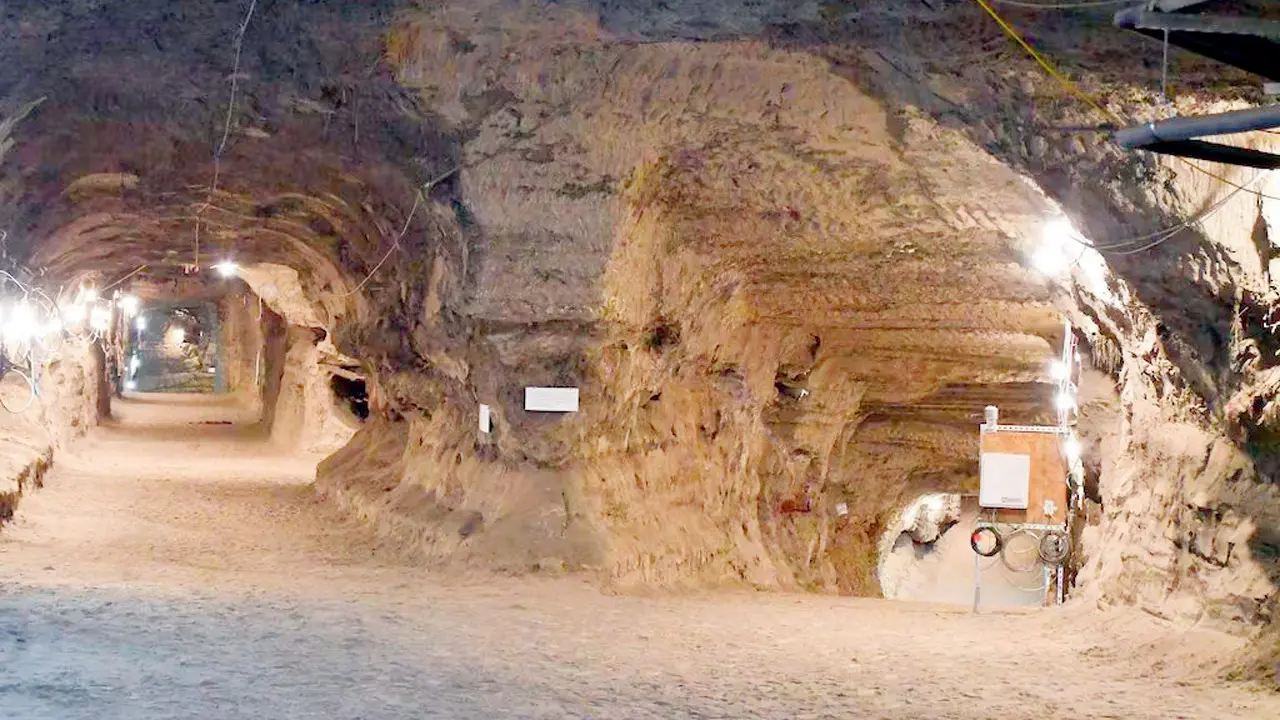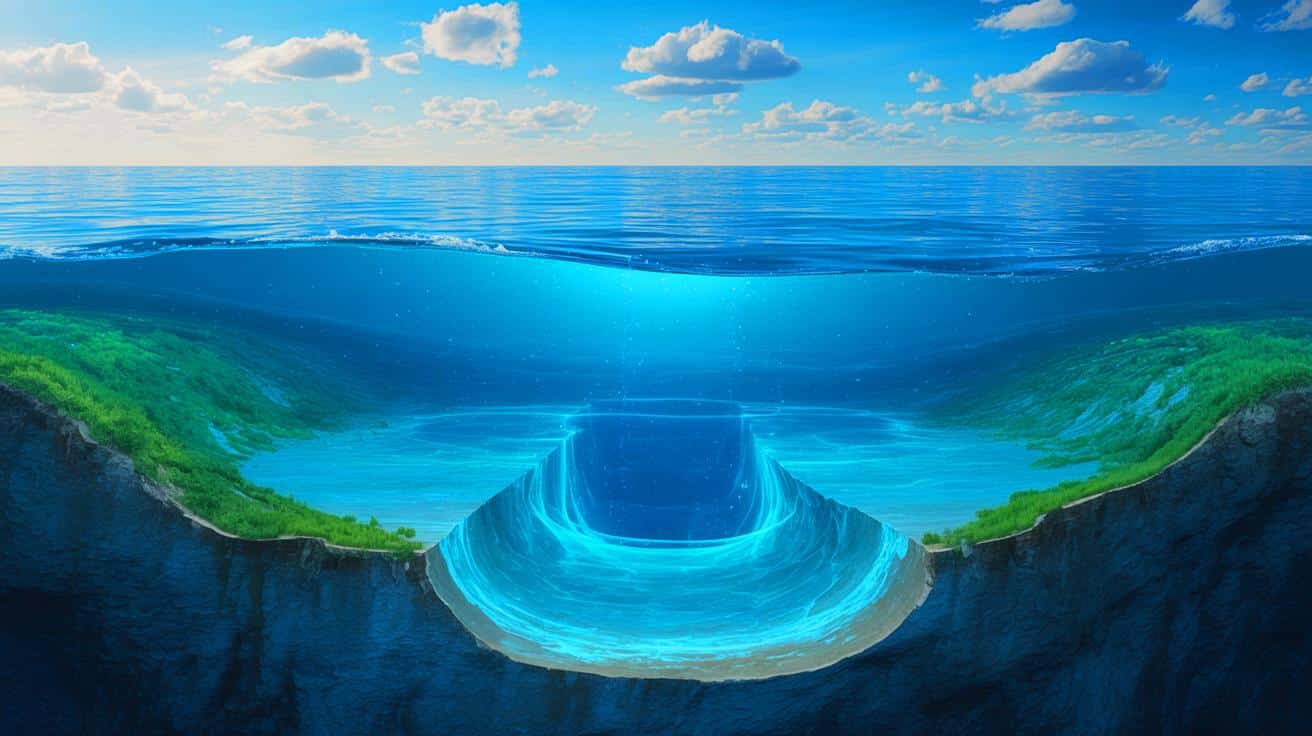Unbelievable Discovery: Explosive Volcanic Eruptions Might Have Hidden Ice on Mars!

What if I told you that explosive volcanic eruptions on Mars could hold the key to discovering ice hidden in its equatorial regions? A groundbreaking study published in Nature Communications reveals that these ancient eruptions may have transported water ice, suggesting that our understanding of Mars's surface could be about to change dramatically.
Traditionally, ice deposits on Mars have been believed to primarily reside near the polar caps. However, recent measurements have uncovered unexpectedly high levels of near-surface hydrogen in the planet's equatorial regions, hinting at the existence of ice just below the surface. This astonishing find raises the question: how did this ice get there?
To investigate, researchers led by Saira Hamid employed a planetary climate model to simulate explosive volcanic eruptions that occurred between 4.1 and 3 billion years ago. The simulation suggests that water vapor released during these eruptions could have frozen in the frigid Martian atmosphere. Miraculously, this could have resulted in up to 5-meter-thick ice deposits forming during a single three-day eruption!
But it gets even more interesting. If this ice was subsequently buried under layers of dust or volcanic debris, it might have persisted for millions of years, waiting to be discovered. The researchers also propose that the release of sulfuric acid during volcanic activity might have pushed Mars into a prolonged 'global winter'—a period where ice could accumulate undisturbed.
This study not only sheds light on the geological history of Mars but also has profound implications for future human exploration. The potential for ice in the equatorial regions opens up exciting possibilities for finding water resources needed for human habitation.
As we continue to unravel the mysteries of our neighboring planet, this research underlines how explosive volcanic activity could have shaped Mars's icy landscape. Who knows what other secrets the red planet holds?


























